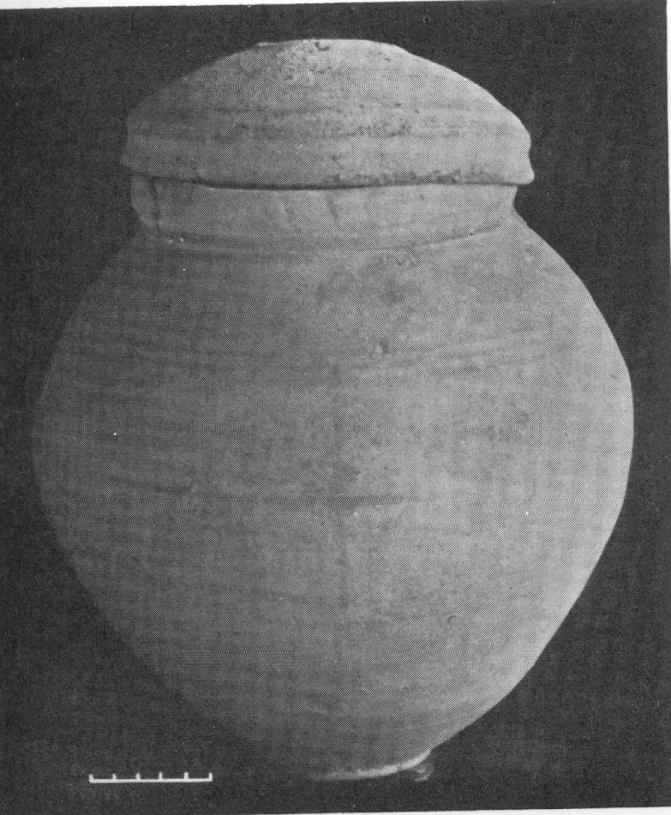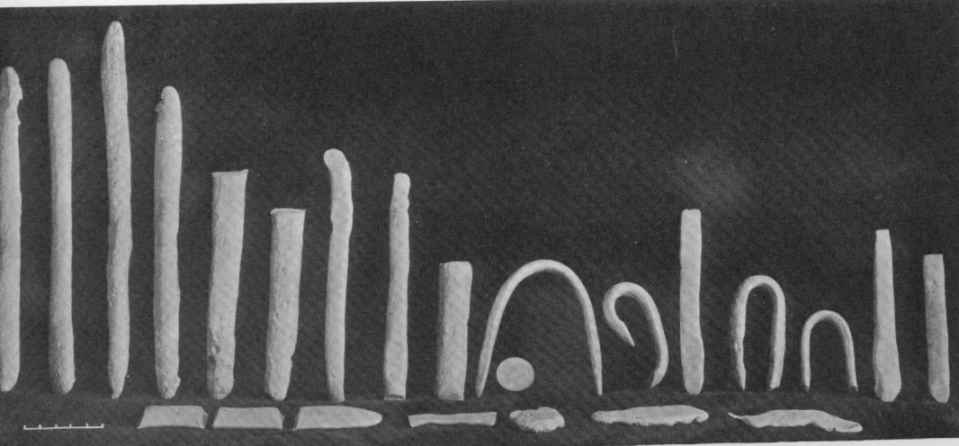
ref.: Feb. 11, 2003, "Re: Questions on Amarna titles" by Federico Rocchi
What follows is a note about the finding of a gold "tesoretto" at Amarna during the EES 1930 excavation campaign. As far as I know this constitues the biggest amount of gold items found together at Amarna. It had been found in location T.36.63, for which data are also given. The old story about this gold is uncertain, but what could be imagined nowadays, with fairly good chances of being correct, is nonetheless interesting.
Location T.36.63, North Suburb, excavated in 1930/31 by Frankfort and Pendlebury.
Map: Sheet #3 of B. J. Kemp and S. Garfi, A Survey of the Ancient City of el-Amarna, London 1993.
It seems that the area has not received much attention after the 1930/31 excavation campaign; and that not all the buildings in this zone have been excavated and cleared. Probably this was due to the fact that this area is bounding the nowadays cultivated areas.
From COA II pg. 59-61, about T.36.63:
"It is difficult to say from the amount excavated whether it is an outhouse belonging to a big estate farther west or whether it is independent. To the north and east are two small courts, in the latter of which lay a small jar with a saucer over the mouth as a lid. With a certain amount of unwillingness to perform what they knew by experience to be a fruitless and troublesome task, the workmen prized off the lid and shook the earth inside to loosen it, a bar of gold dropped out. There came 22 bars of gold, much silver, and a figurine of a Hittite god in silver with a gold cap. Now perhaps the name "Crock of Gold Square" seems justified to you."
A short description of the objects found in T.36.63:
30/250 Fragment of group of monkeys in limestone;
30/273 Two-legged clay vase;
30/275 Limestone statuette of a monkey playing a harp;
30/277 Broze stamp;
30/278 Copper ring;
30/297 Fragment of pierced blue faience decorated with spirals, cartouche IV.E.4, twice, of Nefertiti;
30/488 Vase in which the gold was found (24 cm high, lid 15 cm in diameter);
30/489 Figure of Hittite god in silver with a gold cap, 2.7 cm high, 11 grammes (the composition of the silver, with about 10% of gold, was estimated by prof. Rostovtzeff to correspond to known specimens of s.c. "Hittite Silver");
30/490 23 bars of gold; they have all been run roughly into grooves in the sand, they conform to no weight system at all; twelve of them (#1,2,5,7,9,10,11,12,18,19,21,22) have been inventored in Cairo Museum under numbers 55394-55405. The lightest bar weighs 66.55 grammes, the heaviest one 286.53; the whole set in total weighs 3375.36 grammes. An analysis by Lucas revealed that the silver percentage in the gold ranged between about 14% and 29%, corresponding to carats between about 17 and 21.
30/491 a number of silver fragments and small silver objects; an analysis by dr Cox on one item revealed that silver was present in about 92.1%, gold in 2.7% and copper in 3.3%.
From COA II pg. 61:
"This hoard, found as it was in the courtyard of a hovel, must have formed part of a thief's loot. Perhaps he had even raided the Hall of Foreign Tribute, less than a mile away; he had melted down all the gold and was already using it, for he had cut off pieces as he needed them, from the bars; he had crushed up the silver ready to be melted down and then the end came".
A very nice footnote to pg. 61 reads: "The vase was lying less than a foot below the surface. A chip had been made in the lid by the tethering stake of a local worthy. His feelings on hearing what he had missed are recorded, but inconvenient to print".
Interestingly in 1926 Frankfort dicovered a bronze ferrule containing a fragment of gold foil (6.5 cm long), probably now in the Fitzwilliam Museum, which is the only gold piece to be found in the Hall of Foreign Tributes.
It could be very interesting to make new precise elemental analyses through Laser-Induced Breakdown Spectroscopy (LIBS) of the gold of the bars, to compare the exact composition with that of the gold from the KV55 golden coffin, of which gold data have been recently taken (measured by Induced Coupled Plasma Mass Spectroscopy, a technique very similar to LIBS) and published (Das Geheimnis des Goldenen Sarges, A. Grimm and S. Schoske eds., Munchen 2001, pg. 81-85). If interesting links could be found, then elemental analyses of other gold samples from the Amarna period (for instance, from KV62, KV55, KV58) may be performed.
Unfortunately, all the pictures taken at the time of discovery are b/w.
1) vase before opening

2) opening the vase

3) vase

4) silver objects

5) gold bars

6) Hittite god figure

Bibliography:
1) COA II: 59-61, 88, Pl. IX
2) JEA 17, 1931, 236 + pl. LXVIII
3) ILN, 27 Dec. 1930, 1171
4) M. R. Bell, A Hittite Pendant from Amarna, AJA 90 (1986), 145-51.
Federico Rocchi
rocfed@tin.it
10/02/2003